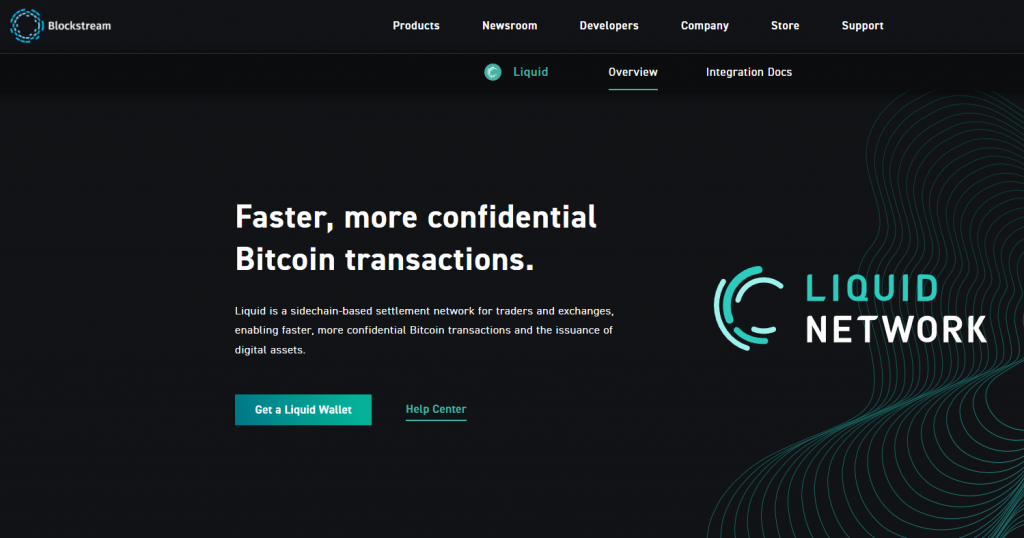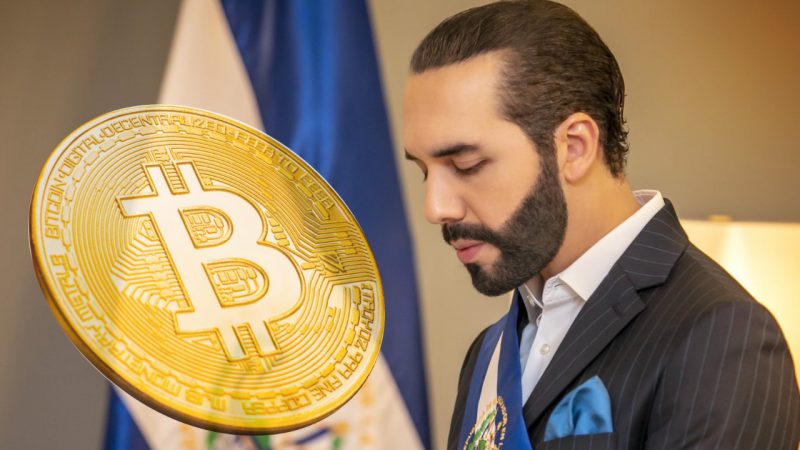According to a statement sent to Bitcoin Magazine, El Salvador plans to issue $1 billion in Bitcoin bond on a federated Bitcoin sidechain, Blockstream’s Liquid Network.
Investors will have access to the Bitcoin bond as from next year for an annual coupon of 6.5%. This move by the Central American country seeks to attract investors and, additionally, the capital.
The government will split the bond proceedings into a $500 million investment. Afterward, the remaining $500 million will be for direct allocation in Bitcoin. The investment from the proceedings will build Bitcoin and energy mining infrastructure.
Investors will receive half of the additional gain once the government monetizes the original $500 million. Investors will receive dividends annually via Blockstream’s asset management platform.
The El Salvador Government x Blockstream Bitcoin Bond Partnership


The Blockstream partnership with the El Salvador government will result in fast-tracked citizenship for the investors. While speaking on this partnership, President Nayib Bukele expressed his excitement. He termed the partnership the first step for the country to become a “global hub for digital assets.”
As per the statement announcing the issuing of the BTC bonds, the government aims to create a securities law. Additionally, the government seeks to “process and list the bond issuance” on top of “granting Bitfinex Securities a license.”
The El Salvador government hopes that these efforts will pave the way for listing Liquid security tokens on a regulated El Salvadorian securities exchange. Liquid security tokens include the Exordium (EXO) tokens and the Blockstream Mining Note (BMN).
Understanding the Liquid Network
As mentioned earlier, the El Salvador government plans on using a federated Liquid sidechain. A sidechain refers to an independent blockchain that runs parallel to another blockchain. This blockchain allows for the safe usage of tokens while abiding by different security mechanisms, performance requirements, and sets of rules.
The term Liquid refers to a Bitcoin sidechain allowing for the flow of Bitcoin between BTC and Liquid networks. In the Liquid network, a Bitcoin representation is referred to as L-BTC. A verifiable equivalent amount of BTC on the network is secured and managed by functionaries.
Functionaries are a restricted group of members of the Liquid networks and are equivalent to third parties. These functionaries also play the role of block signers. They have the power to secure the network.
What exactly is the structure of the Liquid network? The Liquid network structure consists of full nodes and participant members. Full nodes verify peg-ins and transactions to ensure the correct behavior of the functionaries. Meanwhile, participants get to vote on network updates and board elections. In addition to that, participants also get to peg out; this is the moving of funds to Bitcoin from Liquid.


Why the Liquid Network? This network allows for the issuance of assets. Furthermore, Liquid equals rapid fund transfer in confidential transactions.
Is there any difference between the Liquid Network and Bitcoin Core? First and foremost, Bitcoin Core is Bitcoin’s main software client. On Bitcoin Core, any node can help secure the network by becoming a mining node. However, only a select few members can secure the network on the Liquid Network, which is a federated site.





